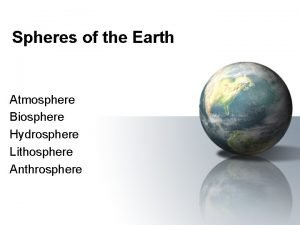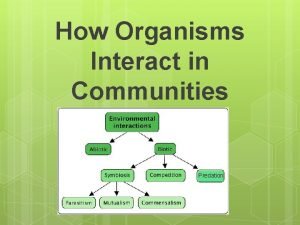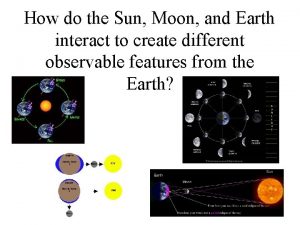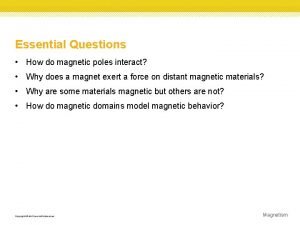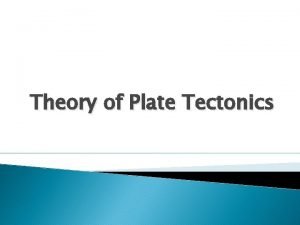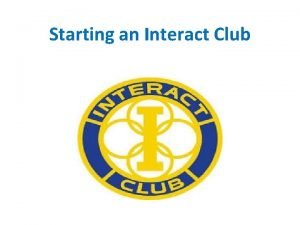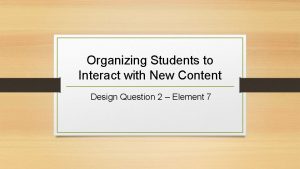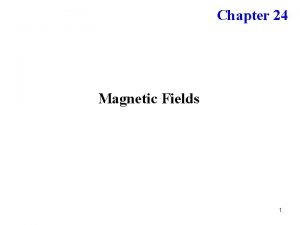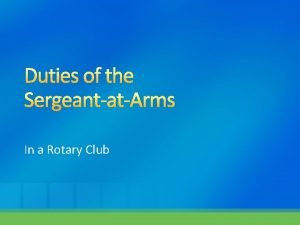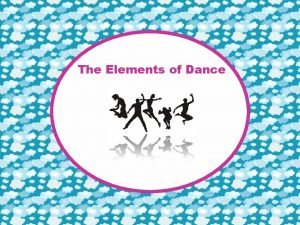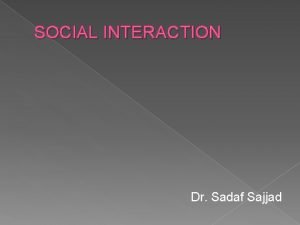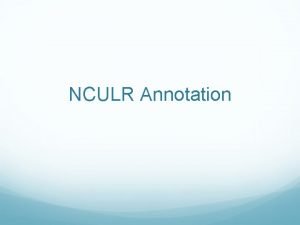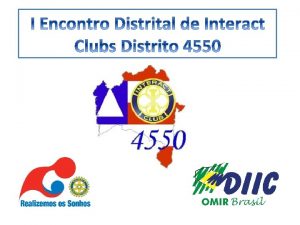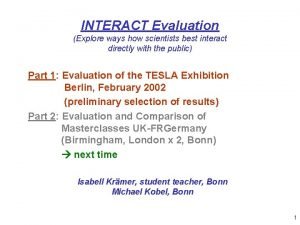T Take Notes I Interact with your notes



















- Slides: 19

T = Take Notes I = Interact with your notes P = Practice with plenty of repetition S = Self-test

CHAPTER 5: SECTION 1: HISTORY OF THE PERIODIC TABLE

ESSENTIAL QUESTIONS • • How is the periodic table organized? Why is “periodic” an appropriate word to describe the periodic table What are the parts of an atom, and what particles can be found in each part? What is the difference between the 3 types of bonds?

THE EARLY PERIODIC TABLE • Dimitri Mendeleev was looking for patterns he could use to organize elements in a logical way. • Mendeleev observed that chemical and physical properties of elements followed a periodic pattern, meaning at regular intervals a pattern would repeat.

OBSERVATIONS LEADING TO THE PERIODIC TABLE • Mendeleev observed repeating patterns in physical properties such as density. When density versus atomic mass in graphed, Mendeleev found that the density of the rose and fell in a repeating cycle.

CHEMICAL PROPERTIES ARE PERIODIC • When elements are arranged by how they formed compounds with oxygen or hydrogen, another pattern emerged. Look for the patterns in the chemical formulas within each column below.

THE MODERN PERIODIC TABLE

ORGANIZATION OF THE PERIODIC TABLE • Elements that share physical and chemical characteristics are placed together in groups. • Each is called a family because family members have similar physical and behavioral traits.

ATOMS AND ELEMENTS • Elements are made of atoms which are made of protons, neutrons and electrons. • The smallest particle of any element is one atom. • All atoms of the same element are alike and different from atoms of any other element. • The atomic number is the number of protons (also electrons) in neutral atoms of that element.

THE STRUCTURE OF THE ATOM

CHEMICAL BONDS • There are three characteristic types of chemical bonds though many bonds have varying degrees of electron interaction.

POST-ASSESSMENT • How is the periodic table organized?

POST-ASSESSMENT • How is the periodic table organized? • The table is first organized in rows by atomic number then in groups by chemical and physical properties.

POST-ASSESSMENT • Why is “periodic” an appropriate word to describe the periodic table?

POST-ASSESSMENT • Why is “periodic” an appropriate word to describe the periodic table? • Periodic means repeating; the properties of elements repeat in a predictable pattern shown on the periodic table.

POST-ASSESSMENT • What are the parts of an atom, and what particles can be found in each part?

POST-ASSESSMENT • What are the parts of an atom, and what particles can be found in each part? • The atom has two parts, a tiny nucleus which is surrounded by an electron cloud. Protons and neutrons are in the nucleus and the electron cloud has electrons.

POST-ASSESSMENT • What is the difference between the 3 types of bonds?

POST-ASSESSMENT • What is the difference between the 3 types of bonds? • The difference is in how electrons are distributed among atoms in the bonds. Electrons are transferred from one atom to another in an ionic bond, electrons are shared between atoms in a covalent bond, and electrons are shared by all atoms in a metallic bond.
 Take a bus or take a train
Take a bus or take a train Suns layers
Suns layers How does biosphere interact with hydrosphere
How does biosphere interact with hydrosphere Competitive interaction
Competitive interaction Example of coevolution
Example of coevolution How do the sun moon and earth interact
How do the sun moon and earth interact Earth four spheres
Earth four spheres How do magnetic poles interact
How do magnetic poles interact Earth sphere interactions
Earth sphere interactions Tectonic plates interact at places called plate
Tectonic plates interact at places called plate Interact club handbook
Interact club handbook Organizing students to interact with content
Organizing students to interact with content How do similar (s-s or n-n) magnetic poles interact?
How do similar (s-s or n-n) magnetic poles interact? Lycanthropic culture shock
Lycanthropic culture shock Human society meaning
Human society meaning Sergeant at arms rotary duties
Sergeant at arms rotary duties How do air masses interact to form a hurricane apex
How do air masses interact to form a hurricane apex Body in dance elements
Body in dance elements Interactional vandalism definition
Interactional vandalism definition Interact
Interact


